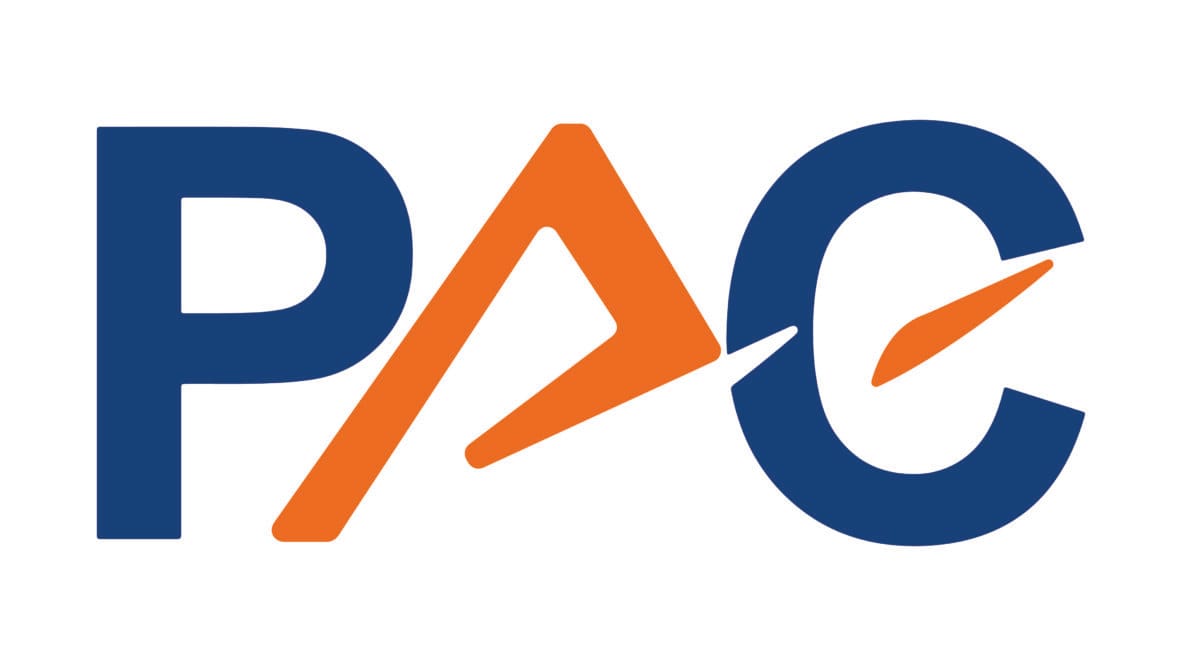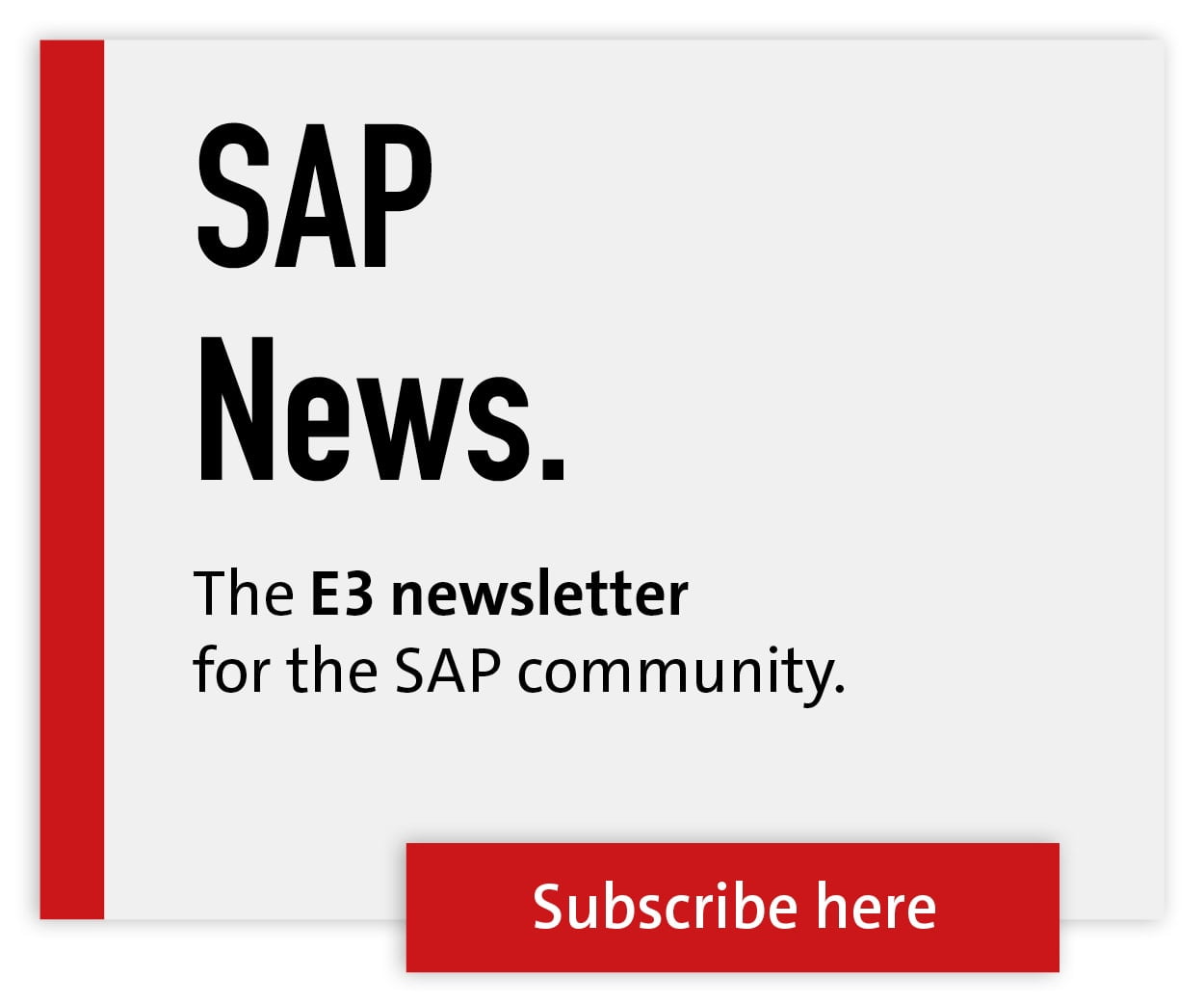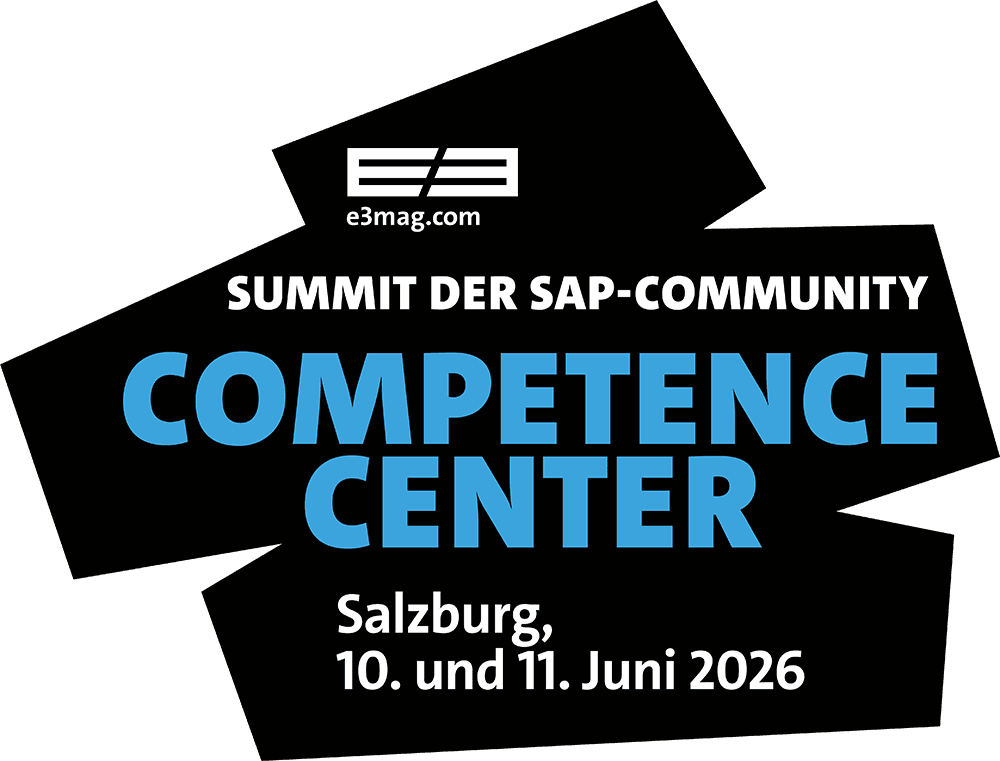Service Market—What Comes After the S/4 Boom?
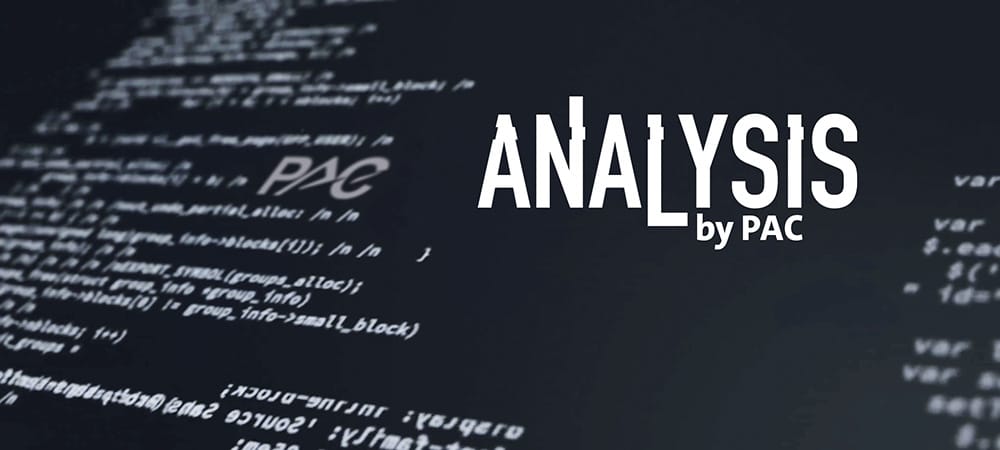
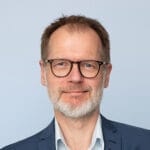
The German SAP service market is currently dominated by the strong demand for S/4 Hana migrations. This will remain the case for a while yet. According to a recent PAC survey of IT decision-makers in Central Europe, only around a third of SAP user companies have completed the migration or are about to go live.
Worryingly, 13% have not even started planning. It will be increasingly difficult for these companies to obtain sufficient project resources by 2027 or 2030 at the latest. Service providers have responded to the high demand and massively expanded their consulting capacities. At the same time, they have developed their own methods, frameworks and automation tools to implement migration projects more efficiently and scalably.
Currently, general conditions - such as geopolitical crises, volatile markets or trade conflicts - are putting companies under considerable economic pressure. Many IT projects are therefore being put to the test, in some cases postponed or even discontinued. However, postponing the S/4 Hana migration is not an option - a functioning ERP system is too central to the stability and scalability of the business model.
Trend towards brownfield migrations
Against this backdrop, we at PAC are observing a clear trend towards brownfield migrations in many user organizations. Brownfield migration, also known as system conversion, is considered to be cheaper in terms of personnel resources and budget, and low-risk - but has strategic disadvantages. This is because it does not exploit the potential for modernization, for example in the standardization of processes, the cleansing of historical databases or the integration of innovative technologies.
But what will happen after 2030? The migration boom will slow down noticeably in the coming years and growth rates in the service market will shrink. This is a natural process - the larger the market, the lower the growth rates. In addition, demand is coming to an end as more and more companies complete their S/4 migration projects in the coming years. After 2027 and by 2030 at the latest, the number of migrations will decrease significantly. For the SAP partner ecosystem, this means overcapacity, falling daily rates and intense competition for the remaining latecomer projects.
New opportunities for the SAP partner ecosystem are emerging in three strategic areas:
Firstly: S/4 modernization. Companies that have opted for a brownfield migration are increasingly recognizing the limits of this approach and are investing in functional enhancements, process optimization and the integration of new technologies.
Secondly: CX projects. While the focus has long been on the ERP core, investments in sales, service and commerce have often been put on the back burner. This backlog must now be made up, especially with regard to digital customer experiences and cross-channel commerce strategies.
Thirdly: innovation integration. Modern S/4 platforms offer a solid basis for the integration of GenAI, Agentic AI and other cutting-edge technologies, even outside the SAP cosmos. The ability to integrate innovations quickly and securely is becoming a decisive competitive advantage. Service providers need to realign their business strategies, IP assets and skills profiles. The future lies in lean, innovation-driven solutions - and in the ability to position themselves in promising niches at an early stage.
We will discuss what this means for the SAP community at PAC Horizons on October 14 in Munich and October 23 in Frankfurt. Register now: pacanalyst.com/news/eventn
Continue to the partner entry:
